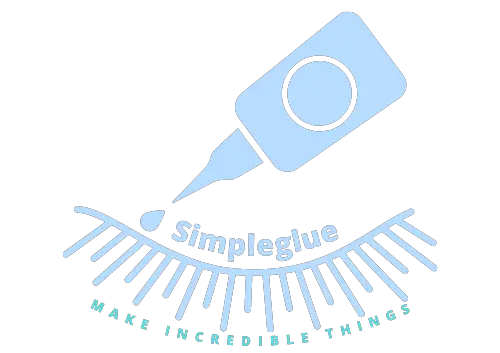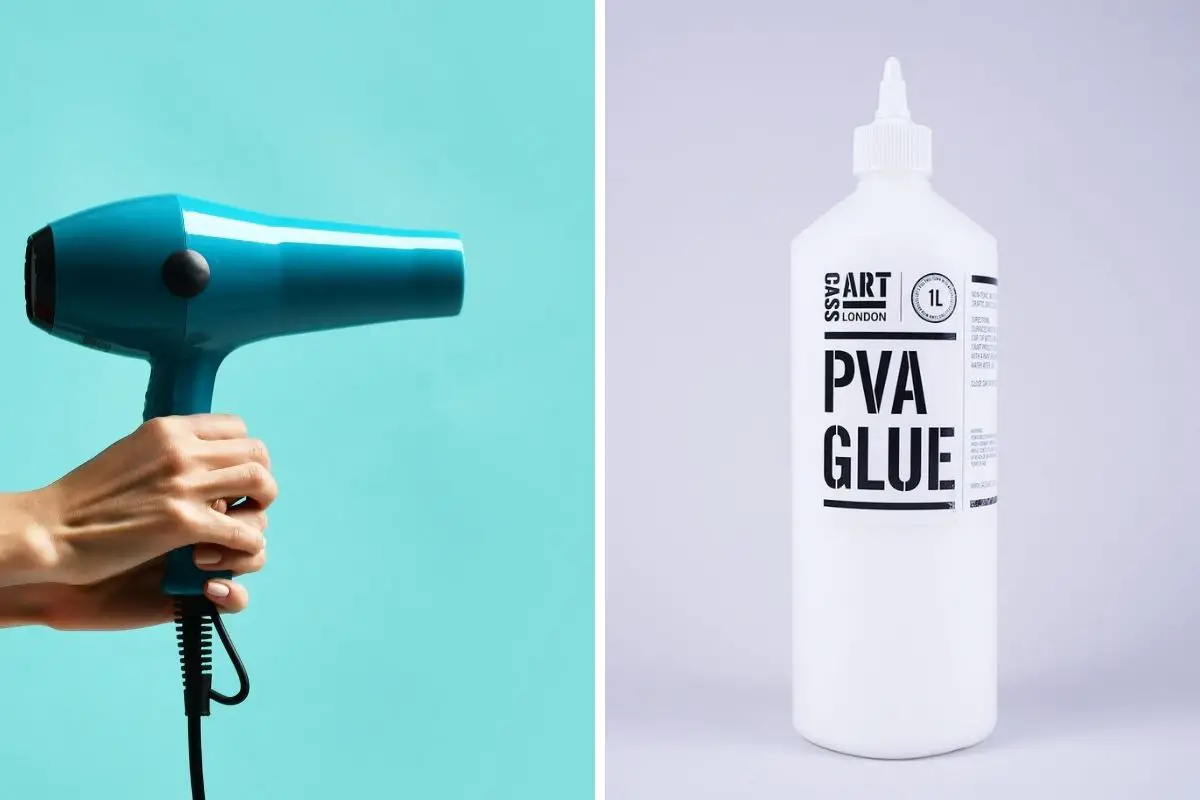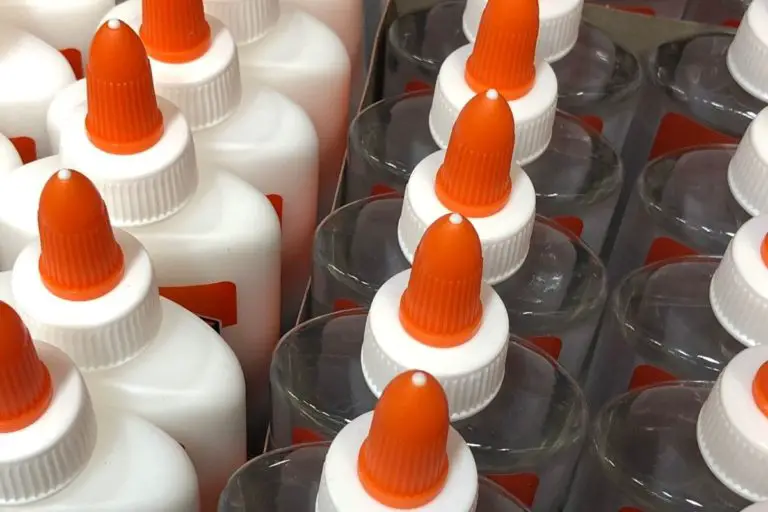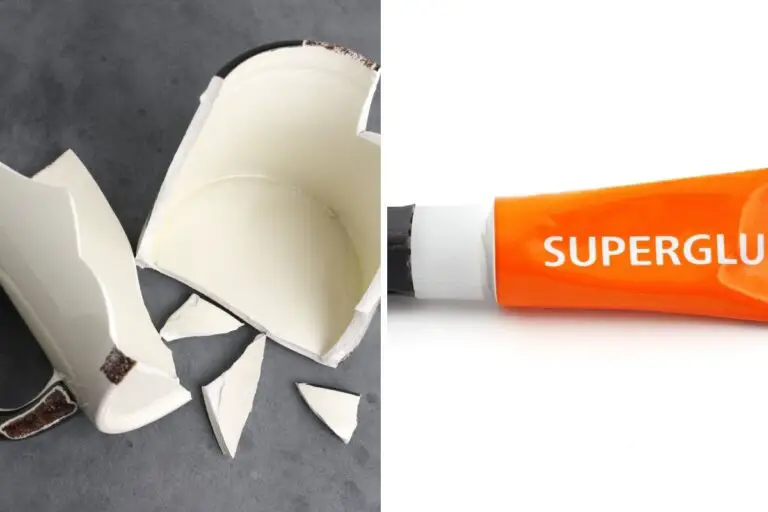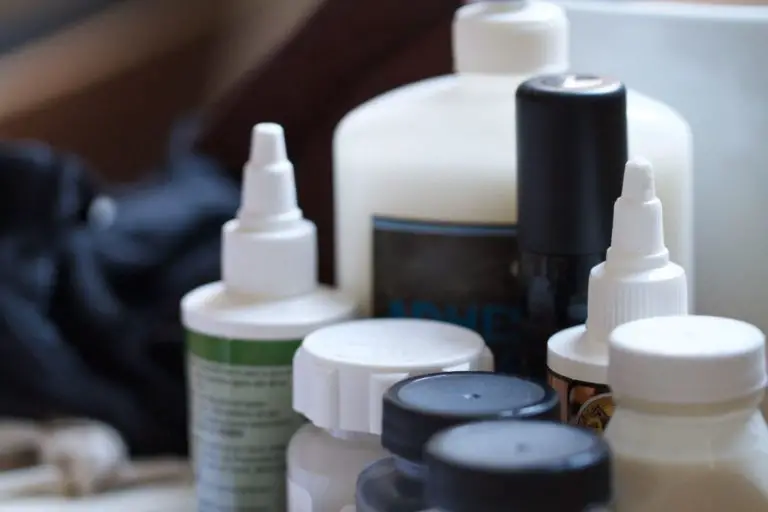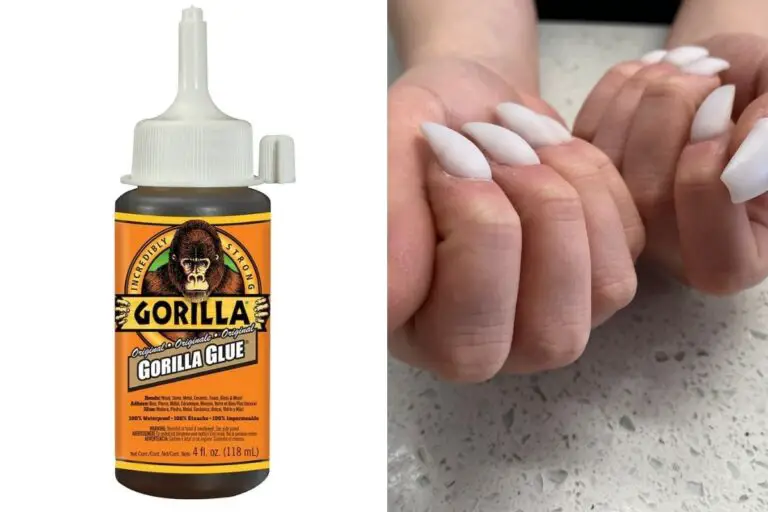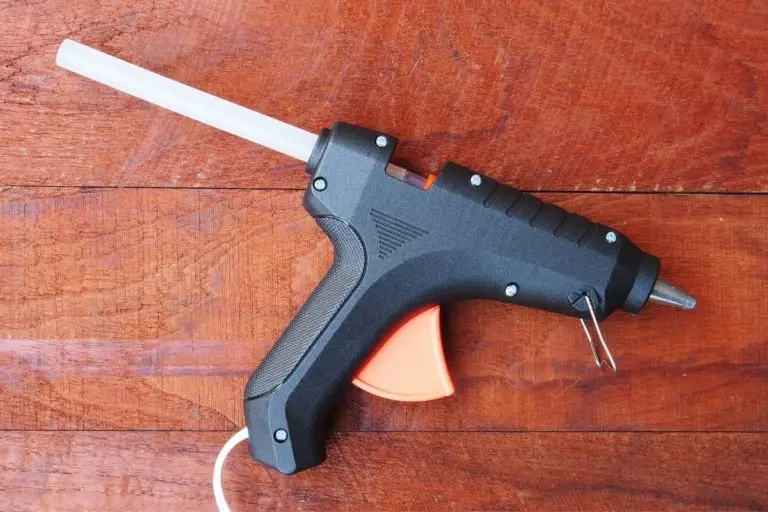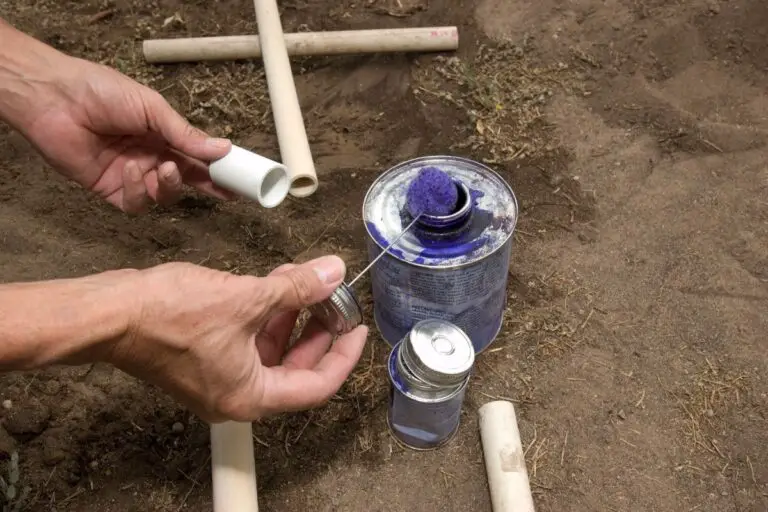Can You Dry PVA Glue with a Hairdryer? 4 Ways To Dry PVA Faster
PVA glue is popularly used in craft projects because it can bond quickly and strongly with various kinds of surfaces.
However, many crafters get impatient while waiting for the PVA glue on their project to dry, so they’ll try to get the glue to dry faster by applying some heat.
So, can you dry PVA glue with a hairdryer? You can dry PVA Glue using a hairdryer as the warm airflow will help the glue dry faster. Make sure to use the hairdryer at a low heat setting and hold it at about 12 inches away from the glue spot for 2 to 3 minutes. Try not to use the hairdryer for extended periods of time as the excess heat could damage your overall project
Keep reading to learn more about how PVA glue dries and how to use heat to make it dry faster.
Contents
Does PVA Glue Need Air to Dry?
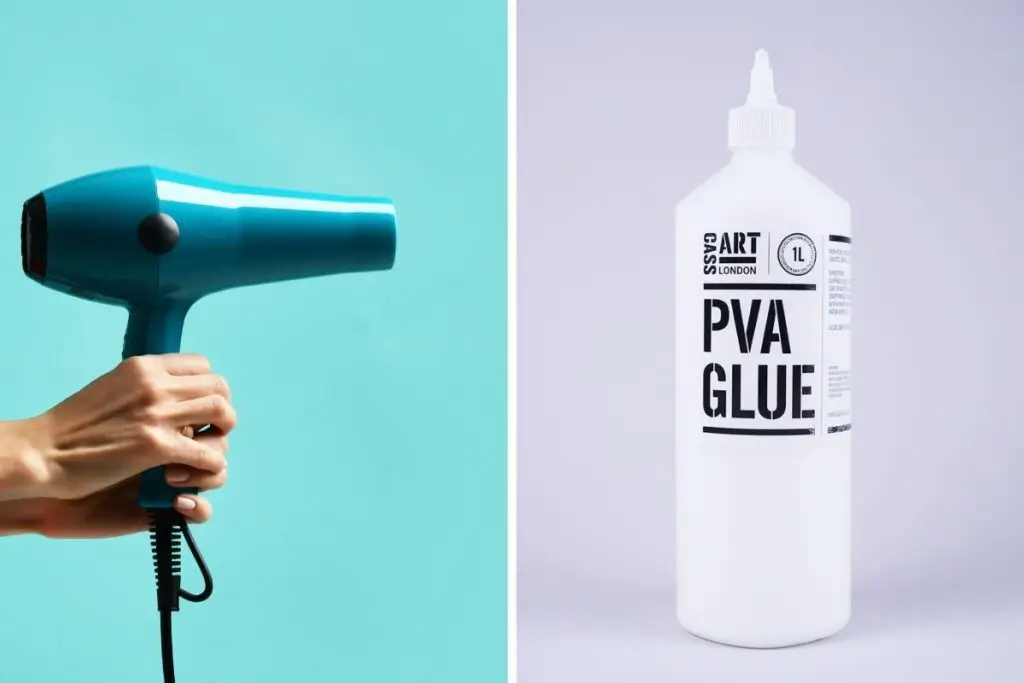
PVA glue does need air to dry and it’s usually recommended to leave the glued surface in an area with good ventilation and airflow.
That is because it is composed of polyvinyl acetate polymers combined with water and other chemical substances.
The water in the glue’s composition affects the consistency of the glue as it acts as a solvent to keep the glue in a liquid form until you apply it to a surface.
Once the glue is applied on a surface, it will be exposed to air which will cause the water in the glue to evaporate.
When the water evaporates, the glue will harden and essentially dry as the PVA polymers will remain to bond with the surface.
How Long Does It Take for PVA Glue to Dry?
It typically takes PVA glue between 12 and 24 hours to dry and cure completely. However, the timeframe can vary depending on several factors
These factors include the amount of glue used and how many layers are applied to the surface, the kind of surface or material you’re applying the glue on, the temperature of the room you’re working in and the level of moisture in the air. You can learn how to make your glue dry faster in more ways here.
How to Make PVA Glue Dry Faster?

There are many ways you can make PVA glue dry faster, but applying heat has proven to be the most effective method. That is because glue normally dries faster when the temperature is high and the amount of moisture in the air is low.
Here are some of the ways you can apply heat to make PVA glue dry faster:
- Use a hairdryer – set it to low heat and direct the air flow at the glue spot. You need to hold the hairdryer at about 12 inches away from the surface for 2 to 3 minutes. However, make sure not to use the hairdryer for extended periods of time as the extreme heat could cause some damage to your project or even alter the glue’s composition.
- Use a space heater – Set it to a warm, comfortable temperature then place your project in the same room as a heater. You can also close any doors or windows in the room to ensure the heat will remain contained in the room.
- Use an electric blanket – Lay it flat on the ground next to your project or cover the project with it then switch it on at a low heat setting. It’s recommended to use an old electric blanket in case of the glue sticks to it.
- Use a natural heat source such as the sun – Place the project outdoors during the day or indoors next to an open window. This method is ideal for drying large glue spots and it can be more convenient because you won’t have to monitor the drying process.
Related Questions
Can You Use Baking Soda to Dry Glue?
You can use baking soda to dry glue as it reacts with the glue’s chemical components and acts as an accelerator. All you need to do is sprinkle a small amount of baking soda on the glue spot you want to dry and leave it for a few minutes. You can increase the amount of baking soda depending on the size of the glue spot.
How to Make a Dry Glue Container Soft Again?
To make a dry glue container soft again, you can submerge it into freshly boiled water for about 10-15 minutes. You can also add a few drops of any paint thinning liquid into the glue container, however, keep in mind that this might interfere with the adhesive properties of the glue.
Helpful Resources
If you like this article, share it!
